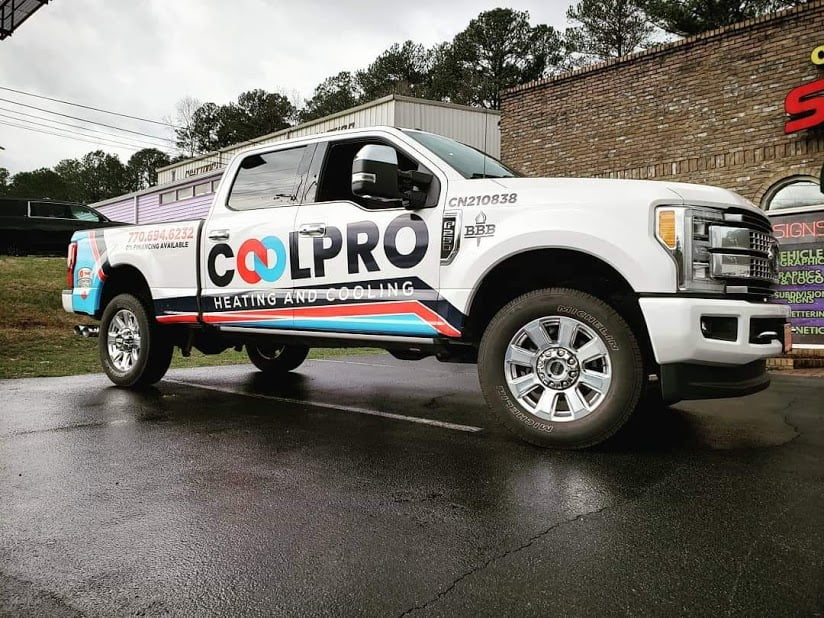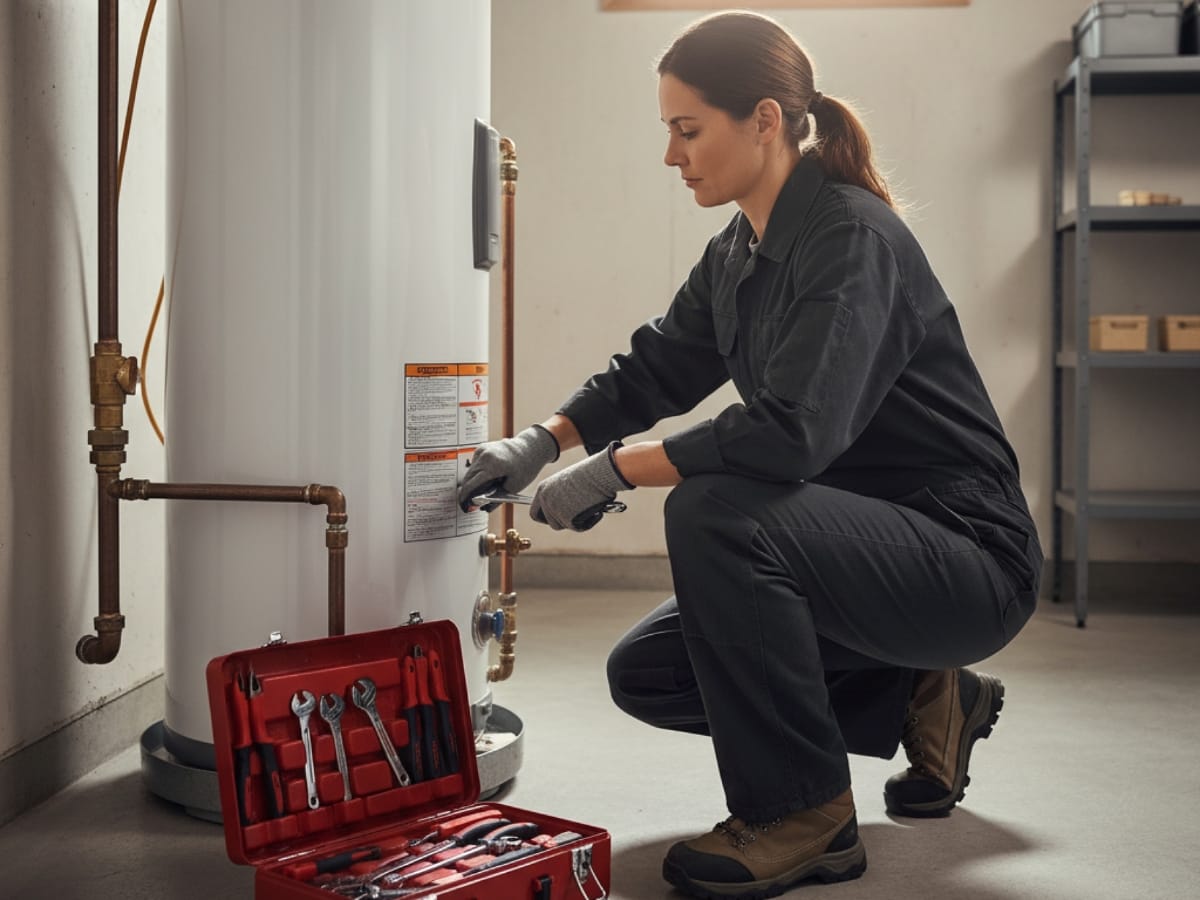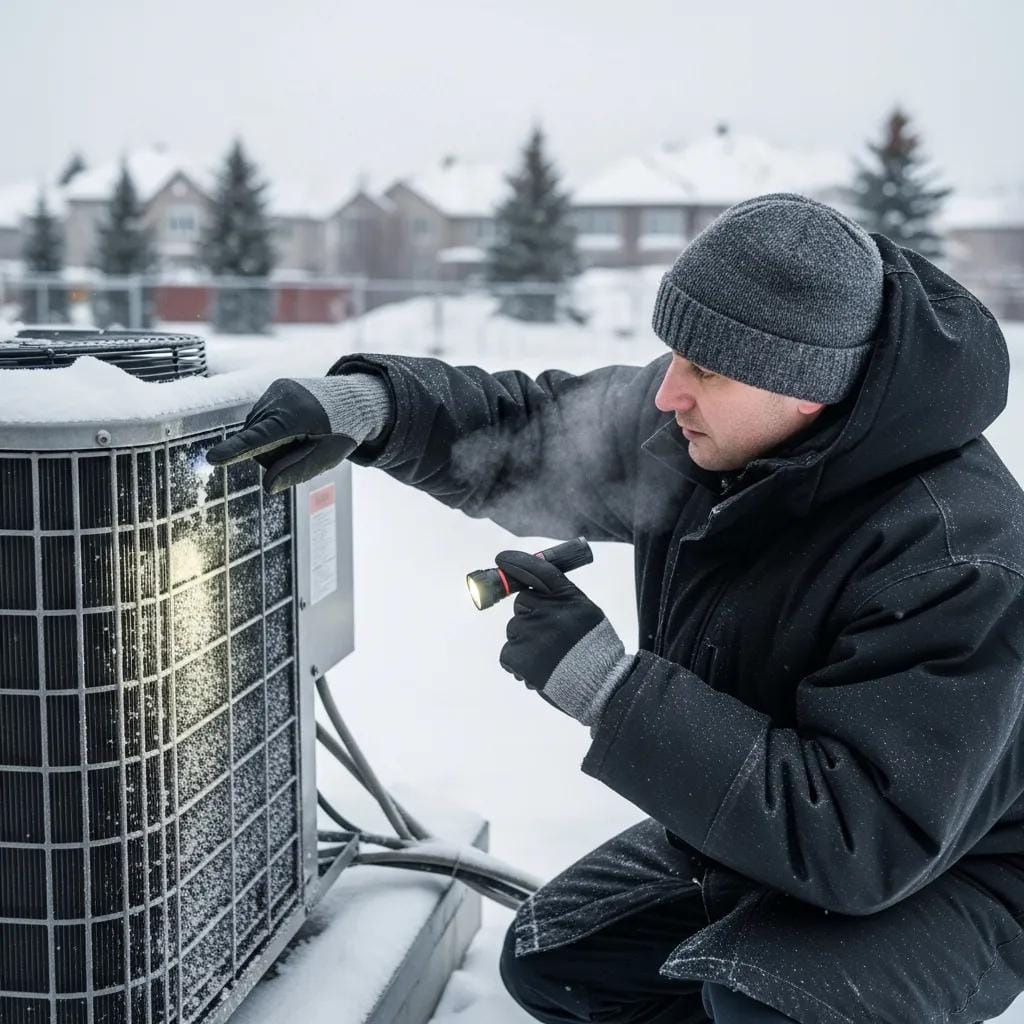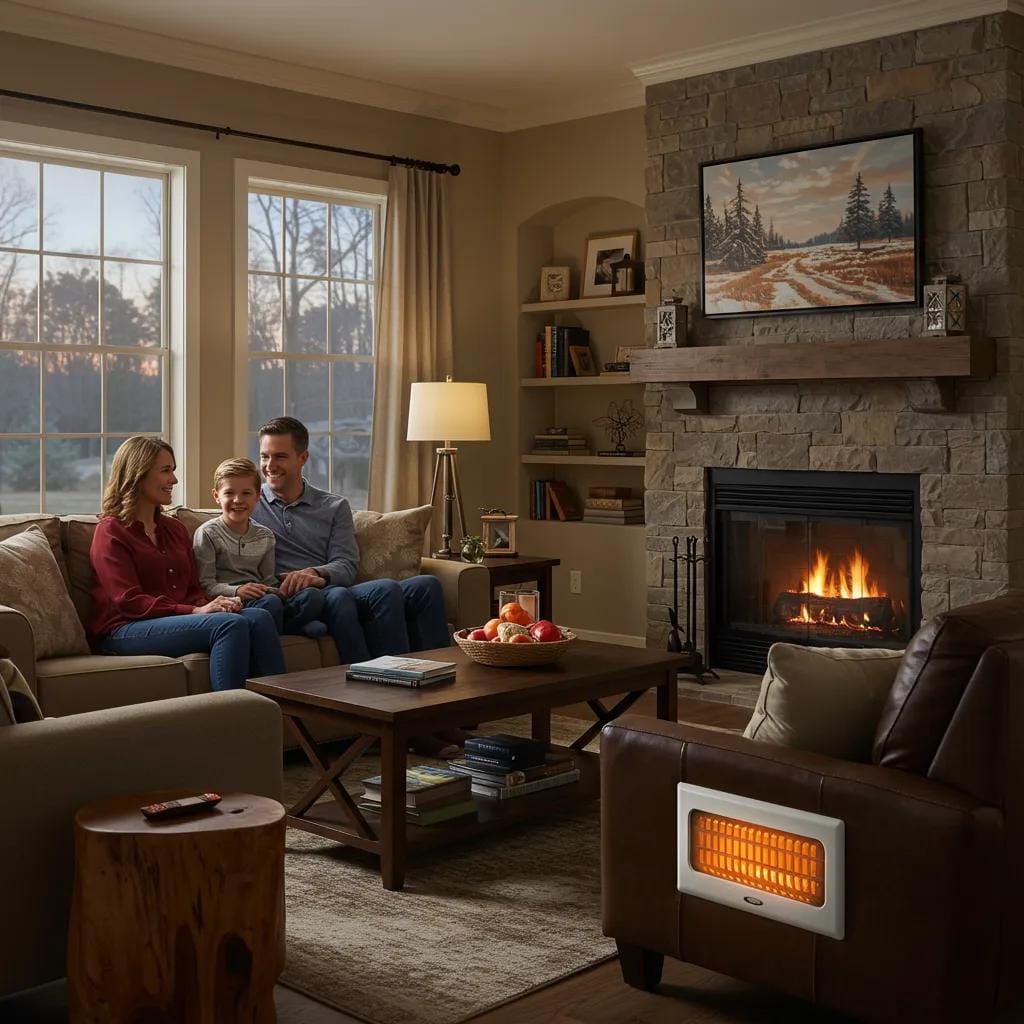Efficient HVAC insulation is crucial for optimizing both comfort and energy savings in your home or business. Proper insulation not only reduces energy consumption and lowers utility bills but also enhances indoor air quality and maintains consistent temperatures year-round.
In this guide, we’ll explore various HVAC insulation efficiency techniques that can help you maximize comfort and savings. From choosing the right insulation materials and sealing air leaks to upgrading ductwork and implementing advanced insulation methods, these strategies will ensure that your HVAC system operates at peak performance.
Whether you’re looking to improve an existing system or planning a new installation, discover how effective insulation techniques can transform your space into an energy-efficient, comfortable environment while contributing to a more sustainable future.
Unlock the Energy-Saving Potential: Harness the Power of Duct Wrap Insulation
Benefits of Proper HVAC Insulation Installation

Proper HVAC insulation installation offers a myriad of benefits that go beyond just energy efficiency. By focusing on HVAC insulation, homeowners can maximize comfort levels while also saving money on utility bills. Let’s delve into the various advantages of investing in efficient HVAC insulation techniques.
- Reduced Energy Consumption: One of the primary benefits of proper HVAC duct insulation installation is the significant reduction in energy consumption. By ensuring that the heating and cooling systems are adequately insulated, homeowners can prevent energy loss and maintain a consistent indoor temperature without overworking the HVAC unit.
- Improved Comfort Levels: Efficient insulation plays a crucial role in enhancing overall comfort levels within a home. By minimizing heat transfer through walls, floors, and ceilings, insulation helps maintain a comfortable temperature throughout the year, ensuring a cozy living environment regardless of the external weather conditions.
- Cost Savings: Proper insulation installation leads to substantial cost savings in the long run. With reduced energy consumption, homeowners can expect lower utility bills month after month. Additionally, by preventing heat loss or gain, insulation helps HVAC systems operate more efficiently, extending their lifespan and reducing the need for frequent repairs or replacements.
- Environmental Impact: Investing in insulation is not only beneficial for homeowners but also for the environment. By decreasing energy usage, efficient insulation helps reduce greenhouse gas emissions, contributing to a more sustainable and eco-friendly living space.
- Noise Reduction: In addition to improving energy efficiency, insulation also acts as a sound barrier. Properly insulated walls and ceilings can help dampen noise from outside sources, creating a quieter and more peaceful indoor environment.
- Prevention of Moisture Damage: Effective insulation not only regulates temperature but also helps prevent moisture buildup within the walls. By creating a barrier against moisture, insulation reduces the risk of mold growth, dampness, and structural damage, thereby promoting a healthier living environment.
Types of Insulation Materials for HVAC Systems
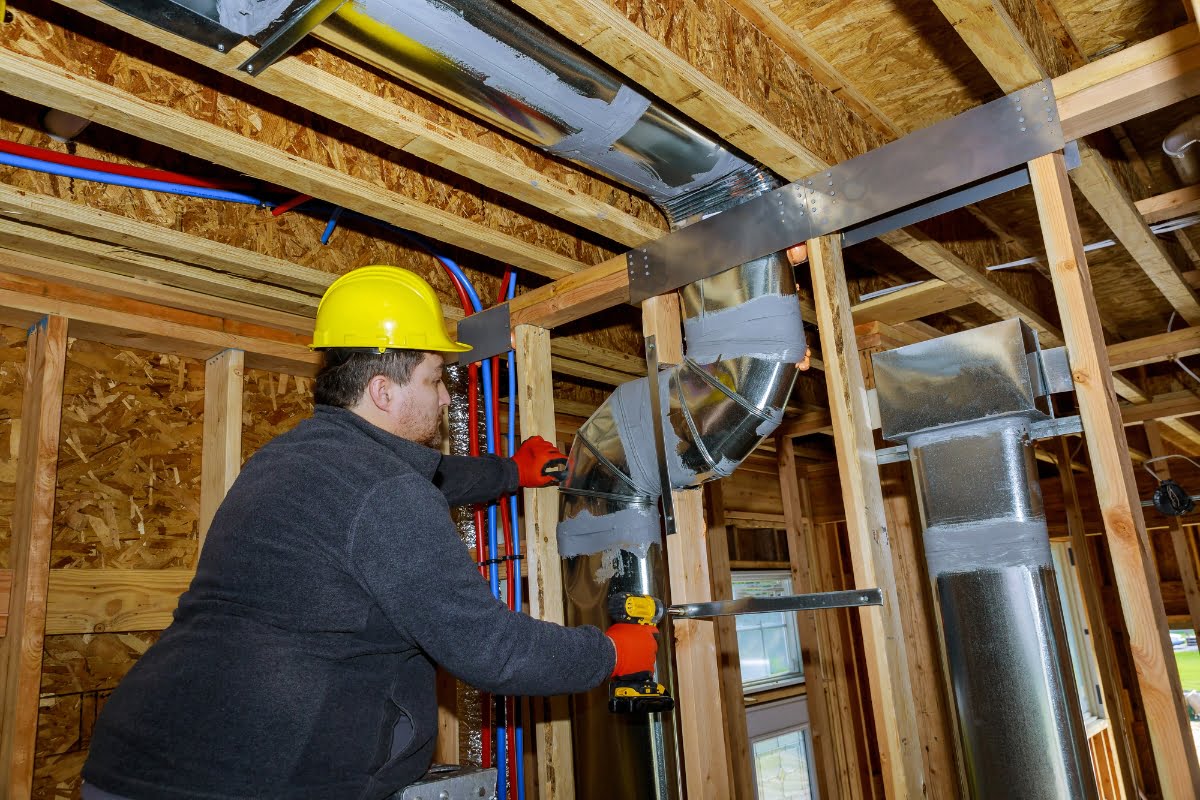
When it comes to maximizing comfort and savings with HVAC duct wrap insulation efficiency techniques, the choice of insulation materials plays a crucial role. Understanding the types of insulation materials available for HVAC systems can help you make informed decisions to optimize your system’s performance. Here are some common types of insulation materials used in HVAC systems:
- Fiberglass Insulation: Fiberglass insulation is one of the most popular choices for HVAC systems due to its affordability and effectiveness in reducing heat transfer. It comes in rolls or batts and is easy to install around ductwork, pipes, and other components.
- Foam Board Insulation: Foam board insulation is a rigid panel made from polystyrene, polyisocyanurate, or polyurethane. It provides excellent thermal resistance and can be used in various HVAC applications, including insulating air ducts and equipment.
- Reflective Insulation: Reflective insulation, also known as radiant barrier insulation, reflects heat instead of absorbing it. This type of insulation is ideal for reducing heat gain in attics, crawl spaces, and walls, helping HVAC systems operate more efficiently.
- Mineral Wool Insulation: Mineral wool insulation is made from natural or recycled materials like stone or slag. It offers excellent fire resistance and soundproofing properties, making it a suitable choice for HVAC systems in commercial buildings.
- Spray Foam Insulation: Spray foam insulation provides a seamless and airtight barrier when applied. It expands to fill gaps and crevices, preventing air leakage and improving energy efficiency in HVAC systems.
- Cellulose Insulation: Cellulose insulation is made from recycled paper and treated with fire retardants. It is a sustainable option for insulation, offering good thermal performance and sound absorption properties.
By choosing the right insulation material for your HVAC system, you can enhance its efficiency, reduce energy costs, and create a more comfortable indoor environment. Whether you opt for fiberglass, foam board, reflective, mineral wool, spray foam, or cellulose insulation, each type has its unique benefits that contribute to overall system performance. Make sure to consider factors like R-value, installation requirements, and compatibility with your HVAC setup when selecting insulation materials for optimal results.
Key Considerations for Choosing the Right Insulation Thickness
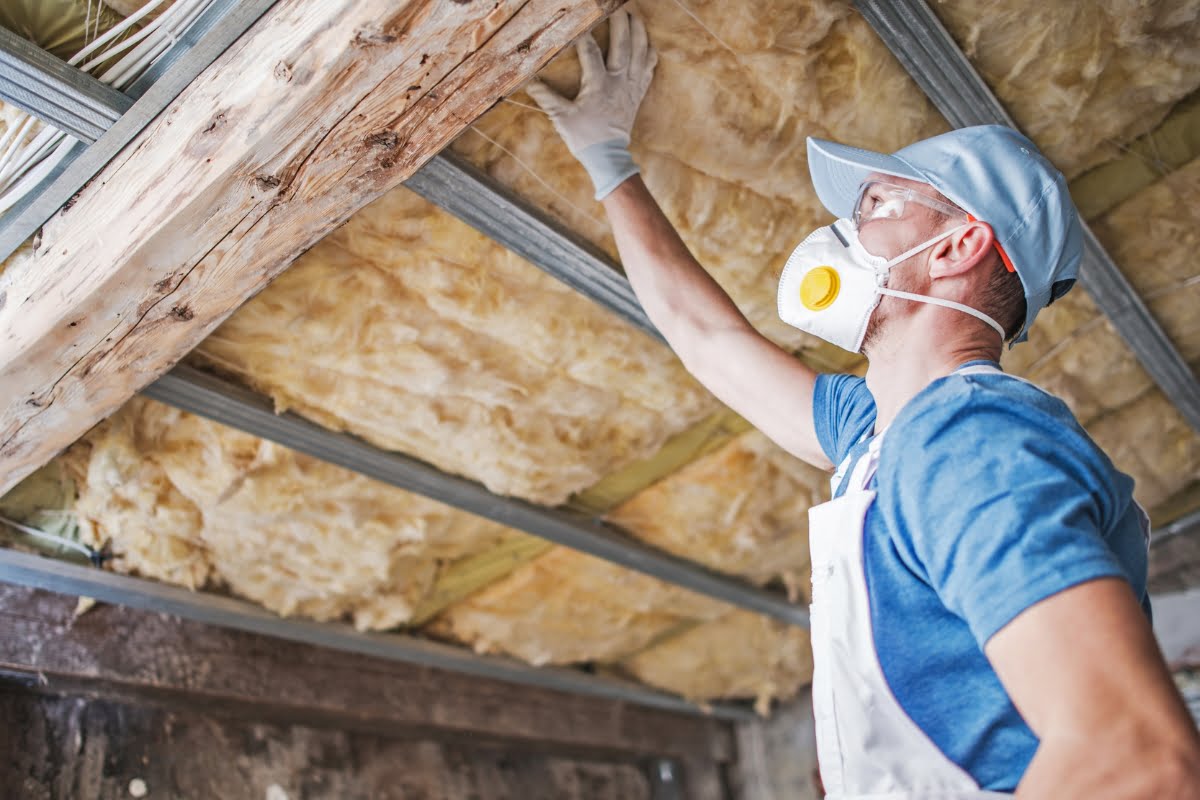
When it comes to optimizing insulation, choosing the right insulation thickness is crucial for both comfort and savings. Understanding key considerations can help you make an informed decision that maximizes efficiency.
- Climate and Location: Consider the climate and location of your property when selecting insulation thickness. Colder climates may require thicker insulation to maintain indoor warmth, while in warmer regions, thinner insulation might suffice. Factor in humidity levels and weather patterns to determine the most suitable thickness for your insulation.
- Energy Efficiency Goals: Your energy efficiency goals play a significant role in determining the insulation thickness. Thicker insulation generally provides better energy savings by reducing heat transfer, hence lowering heating and cooling costs. Evaluate your long-term energy efficiency objectives to choose the appropriate thickness that aligns with your goals.
- Building Design and Materials: The design and materials used in your building can impact the insulation thickness needed. Older structures with poor insulation may benefit from thicker layers to compensate for heat loss. Additionally, consider the building’s layout, construction materials, and existing insulation to determine the optimal thickness for enhanced efficiency.
- HVAC System Capacity: The capacity of your HVAC system influences the insulation thickness required. Properly insulated spaces allow HVAC systems to operate more efficiently, reducing strain on the equipment and prolonging its lifespan. Match the insulation thickness to your HVAC system’s capacity to ensure optimal performance and energy savings.
- Cost-Benefit Analysis: Conduct a cost-benefit analysis to weigh the initial investment of thicker insulation against long-term savings. While thicker insulation may have a higher upfront cost, the potential energy savings over time can outweigh the initial expenses. Consider factors like insulation lifespan, energy prices, and maintenance costs to make a cost-effective decision.
By considering these key factors, you can choose the right insulation thickness for your HVAC system, enhancing comfort levels and achieving significant energy savings in the long run. Strike a balance between efficiency, cost-effectiveness, and environmental impact to maximize the benefits of your insulation investment.
Innovative Techniques for Sealing HVAC Ducts

Properly sealed HVAC ducts are essential for maximizing energy efficiency and ensuring optimal comfort in any residential or commercial setting.
Duct leaks can lead to significant energy loss, increased utility bills, and uneven heating or cooling, which can compromise the comfort and air quality of a building. Fortunately, there are several innovative techniques for sealing ducts that can enhance system performance and contribute to sustainable living.
- Aeroseal: Aeroseal is a cutting-edge technology that revolutionizes the way HVAC ducts are sealed by targeting leaks from the inside out. This method involves injecting a non-toxic aerosol sealant into the duct system, which travels through the ducts and adheres to the edges of any gaps or cracks. As the sealant particles accumulate around these openings, they effectively seal them without obstructing airflow. Aeroseal technology is especially beneficial for reaching leaks in hard-to-access areas of the ductwork that are difficult to seal manually.
- Mastic Sealant: Mastic sealant is a versatile adhesive used to seal small leaks and gaps in ductwork. This thick, gooey substance is applied to seams and joints, where it hardens to create an airtight seal. Unlike tape, which can deteriorate over time, mastic sealant remains flexible even after drying, ensuring long-lasting effectiveness. Mastic is ideal for sealing joints, seams, and connections in both metal and flexible ductwork.
- Foil Tape: High-quality foil tape is another effective option for sealing ductwork. It is designed to withstand extreme temperatures and adhere to various surfaces, providing a durable and airtight seal.
- Spray Foam: For larger gaps or irregular surfaces, spray foam can be used to fill and seal duct openings. This expandable foam conforms to the shape of the gap, ensuring complete coverage and insulation.
- Ultraviolet (UV) Light-Cured Sealants: Some innovative sealants are cured using UV light, allowing for quick application and curing times. These sealants provide a strong and durable bond, ideal for use in ductwork exposed to harsh conditions.
- Robotic Sealing Systems: In complex or extensive duct systems, robotic sealing technology can be employed to navigate and seal ducts automatically. These systems use sensors and cameras to identify leaks and apply sealant with precision.
Implementing Vapor Barriers for Improved Insulation Performance
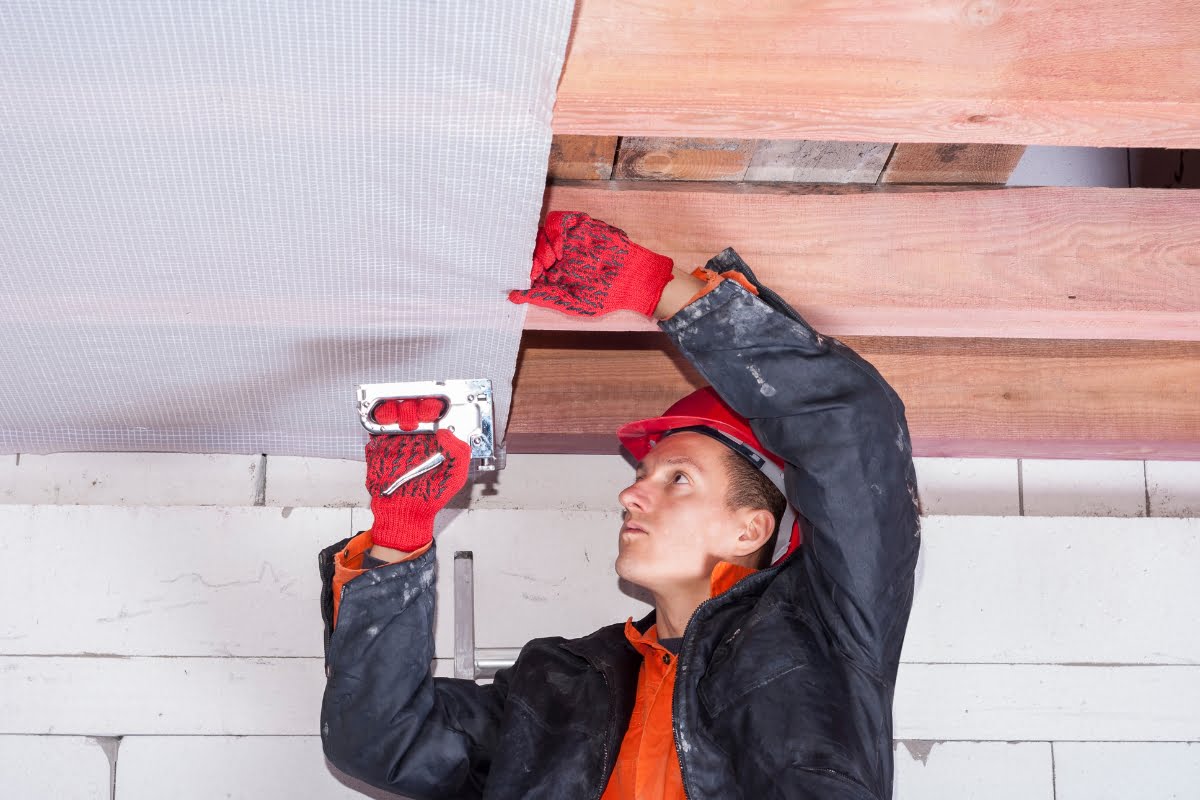
To maximize comfort and savings in your home, implementing vapor barriers is a crucial aspect of insulation efficiency techniques.
Vapor barriers play a pivotal role in preventing moisture from seeping into the insulation material. This is particularly important for HVAC systems as moisture can lead to mold growth, reduced insulation effectiveness, and potential structural damage. By incorporating vapor barriers into your insulation strategy, you can protect your HVAC system and improve its longevity.
When installing vapor barriers in conjunction with insulation, it’s essential to ensure proper sealing and coverage. This helps create a barrier that effectively controls the flow of moisture, maintaining optimal insulation performance. Whether you are insulating ductwork, pipes, or walls, incorporating vapor barriers enhances the overall efficiency of your HVAC system.
Moreover, vapor barriers aid in reducing energy loss by preventing air leakage and moisture infiltration. This not only enhances the comfort of your living space but also results in significant cost savings on energy bills. By investing in proper insulation techniques that include vapor barriers, you can enjoy a more sustainable and cost-effective home environment.
The Role of Reflective Insulation in Enhancing HVAC Efficiency

Reflective insulation is a type of insulation that incorporates reflective materials, such as aluminum foil, to redirect heat radiation. It works by reflecting radiant heat away from the source, helping to maintain a more stable indoor temperature. By minimizing the amount of heat entering or escaping a building, reflective insulation plays a crucial role in enhancing HVAC efficiency.
This type of insulation is particularly effective in hot climates where the primary goal is to prevent heat gain. By installing reflective insulation in your attic or other areas exposed to direct sunlight, you can significantly reduce the amount of heat that enters your home.
This reduction in heat gain alleviates the workload on air conditioning systems, leading to lower energy consumption and reduced utility bills. In addition, reflective insulation can help maintain a cooler and more comfortable indoor environment during the hottest months of the year, contributing to overall comfort.
Reflective insulation also benefits buildings in colder climates by reflecting interior heat back into the living spaces, thus reducing heat loss during winter months. This added thermal resistance helps maintain consistent indoor temperatures, lessening the reliance on heating systems and enhancing energy efficiency.
Reflective insulation is relatively easy to install and can be combined with other types of insulation, such as foam or fiberglass, to provide comprehensive thermal protection. Its lightweight nature and adaptability make it suitable for various applications, from residential homes to commercial buildings.
By incorporating reflective insulation into your HVAC strategy, you can improve the overall energy efficiency of your property, decrease HVAC system wear and tear, and support a more sustainable living environment. This makes it a cost-effective and environmentally friendly choice for enhancing the performance of your HVAC system.
Smart Maintenance Practices to Preserve Insulation Efficiency

When it comes to maximizing comfort and savings with wrap duct insulation efficiency techniques, implementing smart maintenance practices is crucial. Insulation plays a significant role in maintaining the efficiency of heating and cooling systems. By focusing on proper maintenance, you can ensure that your insulation remains effective in providing optimal thermal resistance and energy savings.
- Regular Inspection and Cleaning: One essential maintenance practice for preserving insulation efficiency is conducting regular inspections. Check for any signs of wear and tear, moisture buildup, or damage to the insulation material. Addressing these issues promptly can prevent energy loss and maintain the insulation’s performance. Additionally, regular cleaning of the insulation surface can help remove dust, debris, and other contaminants that can compromise its efficiency.
- Sealing Air Leaks: Air leaks in the HVAC system can lead to energy waste and reduced insulation efficiency. By sealing gaps, cracks, and openings in the ductwork and insulation, you can prevent air leakage and improve overall system performance. Focus on areas where insulation meets walls, floors, or ceilings, as these are common locations for leaks to occur.
- Upgrading Insulation Material: Another smart maintenance practice to enhance insulation efficiency is upgrading to high-quality insulation material. Consider investing in energy-efficient insulation products that offer better thermal performance and durability. Upgrading insulation material can improve the overall efficiency of your HVAC system and contribute to long-term energy savings.
- Monitoring Moisture Levels: Moisture accumulation in insulation can lead to mold growth, reduced thermal resistance, and decreased efficiency. Regularly monitor moisture levels in the insulation and address any water leaks or condensation issues promptly. Proper ventilation and moisture control measures can help preserve the integrity and effectiveness of the insulation over time.
- Professional Maintenance Services: In addition to DIY maintenance tasks, scheduling regular professional HVAC maintenance services can ensure that your system operates at peak efficiency. HVAC technicians can inspect, clean, and optimize insulation components to maximize performance and energy savings. Professional maintenance services can also help identify and address any underlying issues that may affect insulation efficiency.
- By implementing these smart maintenance practices, you can preserve duct insulation wrap efficiency, maximize comfort, and achieve significant energy savings. Prioritizing regular inspections, cleaning, sealing air leaks, upgrading insulation material, monitoring moisture levels, and seeking professional maintenance services can help you make the most of your HVAC system’s insulation capabilities.
Monitoring and Evaluating Insulation Performance

To ensure that your insulation is performing at its best, it’s essential to monitor and evaluate its effectiveness regularly. Proper insulation is critical to the efficiency of HVAC systems, as it helps maintain desired indoor temperatures while minimizing energy consumption. Here are some ways you can ensure your insulation is functioning optimally:
- Energy Audits: Conduct regular energy audits to assess your home’s overall energy efficiency. These audits can identify areas where improvements can be made, including potential issues with insulation. Energy auditors use specialized tools to measure energy loss and can provide valuable insights into how well your insulation is performing. They may suggest additional insulation or upgrades to improve thermal efficiency, leading to cost savings and enhanced comfort.
- Thermal Imaging: Utilize thermal imaging technology to detect any thermal leaks or areas where insulation may be compromised. Thermal cameras reveal temperature variations on surfaces, allowing you to pinpoint exactly where heat is escaping or entering your home. This allows for targeted repairs or enhancements to be made, such as sealing gaps, adding insulation, or replacing damaged sections. By addressing these issues, you can ensure that your insulation is effectively contributing to your home’s energy efficiency.
- Regular Inspections: Perform routine visual inspections of insulation in attics, walls, basements, and crawl spaces. Look for signs of wear and tear, such as moisture damage, pest infestation, or physical deterioration. Insulation that appears compressed or damaged may not provide adequate thermal resistance and should be replaced or supplemented.
- Monitoring Utility Bills: Keep track of your utility bills over time to identify any unusual increases in energy usage. Sudden spikes could indicate that your insulation is not performing adequately, prompting further investigation. By comparing current bills with past data, you can evaluate the effectiveness of recent insulation improvements and determine if additional measures are necessary.
- Humidity and Air Quality Measurements: Evaluate indoor air quality and humidity levels to ensure that insulation is helping maintain a healthy living environment. Poor insulation can lead to increased humidity, which may result in mold growth and other air quality issues. Using hygrometers and air quality monitors can provide insights into whether insulation improvements are needed.
- Smart Technology Integration: Consider integrating smart technology to continuously monitor the performance of your HVAC system and insulation. Smart thermostats and energy management systems can provide real-time data and alerts about temperature fluctuations or energy inefficiencies, enabling proactive measures to be taken.
By regularly monitoring and evaluating insulation performance, you can make informed decisions about necessary upgrades or maintenance, ultimately enhancing the efficiency of your HVAC system and ensuring a comfortable, energy-efficient home environment. Keeping insulation in top condition not only reduces energy consumption and costs but also supports sustainability by minimizing your home’s carbon footprint.
Conclusion: Achieving Optimal Comfort and Savings Through HVAC Duct Insulation
HVAC insulation is a game-changer when it comes to maximizing comfort and savings in your home. By investing in proper attic insulation installation, choosing the right materials, and implementing innovative techniques, you can enjoy a more consistent indoor climate while reducing energy expenditure.
By optimizing your HVAC system, you can significantly reduce energy costs while maintaining a comfortable indoor environment year-round. For expert advice and top-quality HVAC installation, choose CoolPro Heating & Cooling. Our skilled team is ready to help you enhance your home’s efficiency and comfort. Contact us at 770-694-6232 to learn more about our services or visit our website to fill out a Service Request and let us assist you in achieving your HVAC goals.


